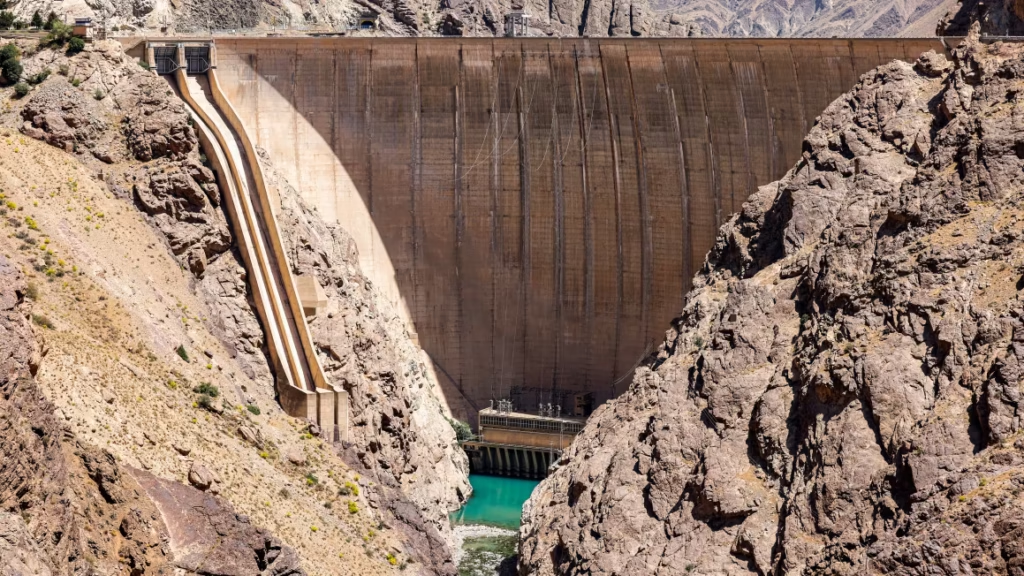Iran’s capital city, Tehran, is on the brink of an unprecedented water crisis that could lead to a complete collapse of its water supply system by early autumn. President Masoud Pezeshkian issued a stark warning, stating that if current consumption patterns continue, the city’s major dams could run dry by September or October, triggering a potential “Day Zero” scenario.
Tehran’s looming crisis is the result of a perfect storm: years of severe drought, dwindling rainfall, overuse of resources, and systemic water mismanagement. Many of the city’s primary water sources, including the Amir Kabir and Latian dams, are at historically low levels, with some nearing single-digit capacities. Additionally, the over-extraction of groundwater has caused widespread land subsidence, endangering infrastructure and making recovery more difficult.
To combat the immediate threat, Tehran and several other provinces declared a public holiday in late July to reduce pressure on power and water systems during an extreme heatwave. Still, such temporary measures offer little relief. Residents across the city have reported frequent outages, long queues for water tankers, and increasing dependence on bottled or trucked water, particularly in poorer districts.
The government has outlined long-term plans to reduce agricultural water use and improve conservation efforts, but progress has been slow due to sanctions, limited resources, and bureaucratic delays. Some experts have even suggested relocating the capital to a less water-stressed region—an idea that highlights the depth of the crisis but would require massive investments and years of planning.
As temperatures continue to rise and reservoirs drop, the urgency grows. Officials emphasize that meaningful change will only come through reduced consumption, better infrastructure, and responsible policy enforcement. For millions of Iranians living in and around Tehran, the clock is ticking toward a water emergency unlike any the country has faced before.


